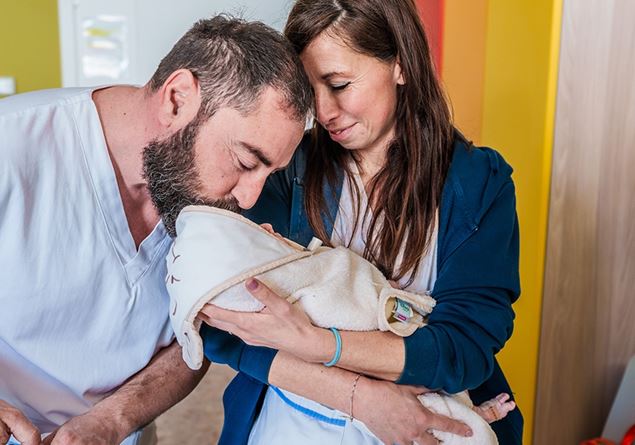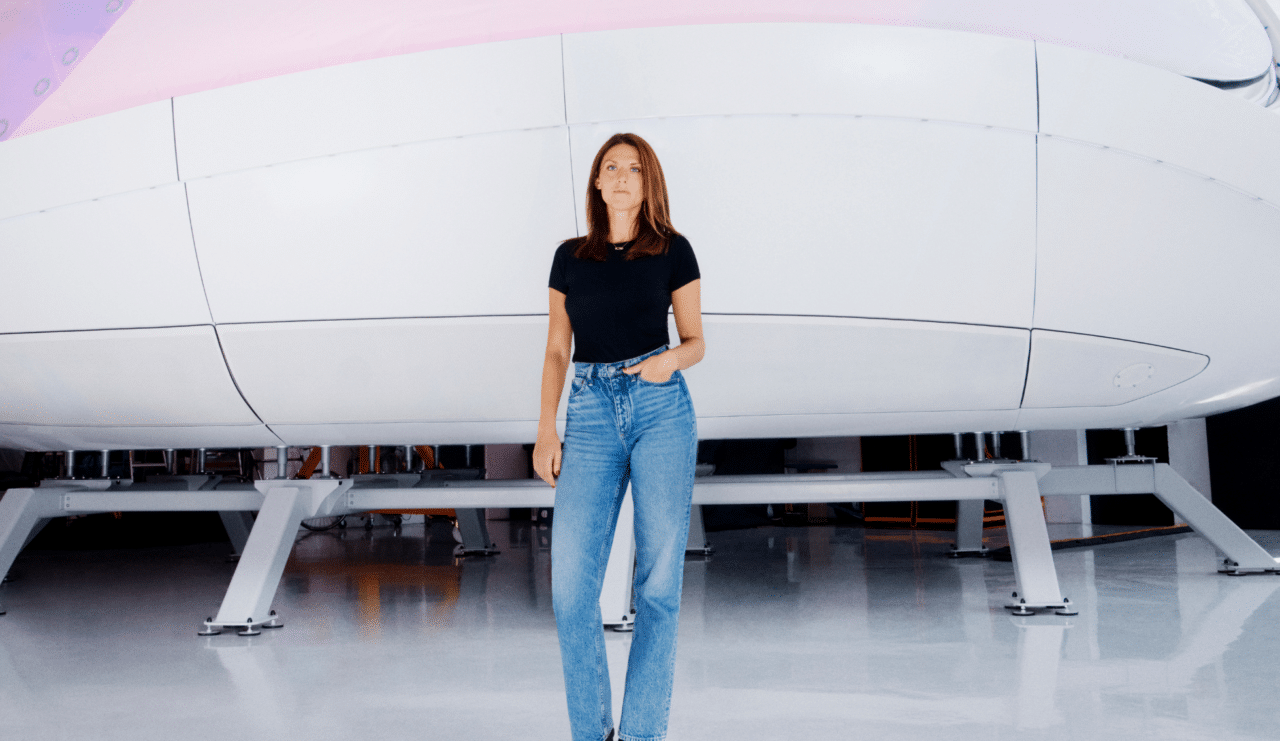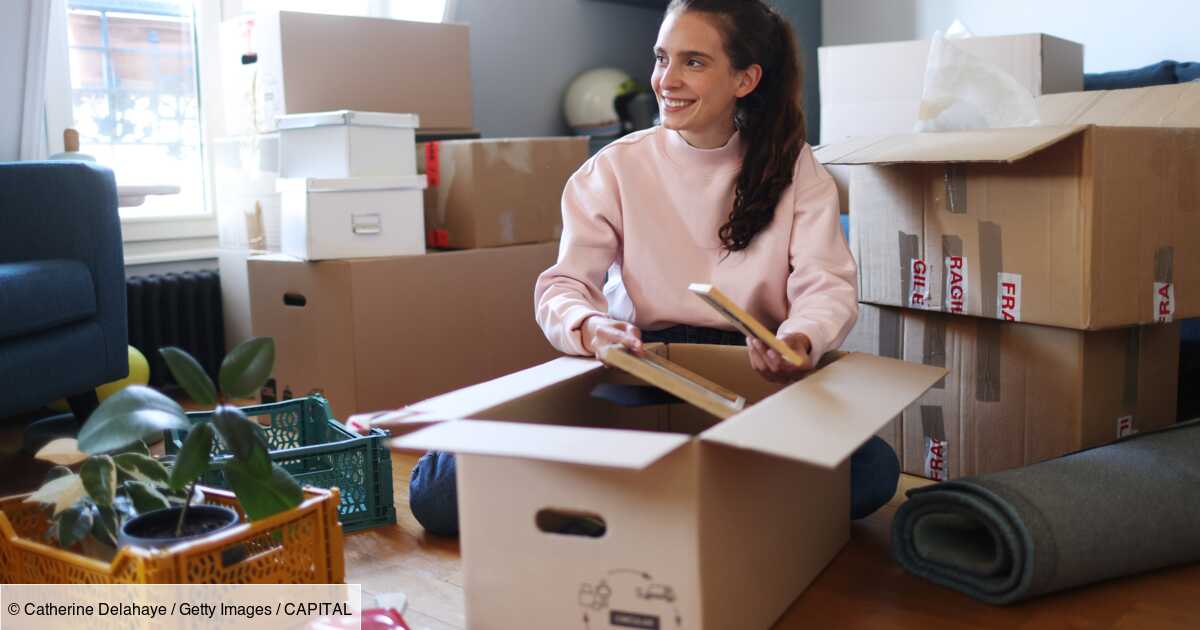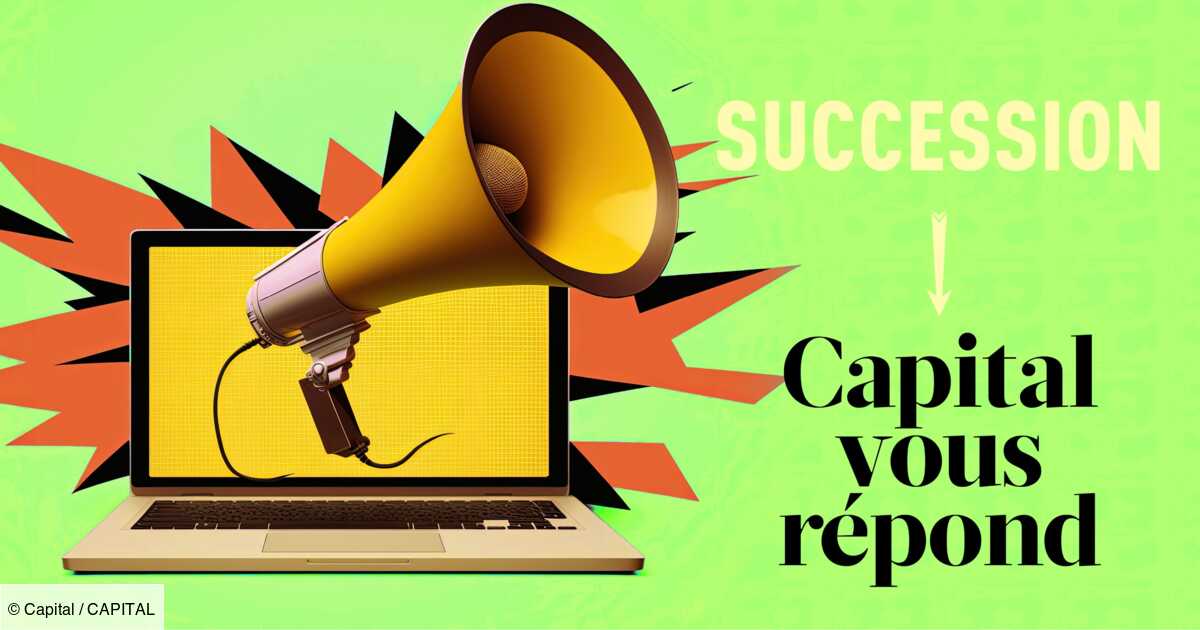In 2027, a rose should be placed on the Moon thanks to her… Barbara Belvisi has never forgotten the little girl she was and who had her head in the stars: this entrepreneur launched Interstellar Lab, a start-up developing greenhouses that reproduce a controlled environment. The goal? Growing plants in a suitable autonomous mini-climate… on Earth or in Space. This dual business model hits the mark: the company has raised 10 million euros since its creation in 2020; 12 counting the support of the BPI is attracting cosmetic giants… and well beyond.
What is the origin of your connection with space?
Barbara Belvisi: Ever since I was a child, I have been fascinated by space. My three sisters and I were lulled by The Little Prince as well as by name number of science fiction books, like Foundation of Isaac Asimov or Martian Chronicles by Ray Bradbury. The dream of life on other planets has always been anchored in me.
However, rather than opting for scientific studies, you followed a course in business school. How did your orientation come about?
Barbara Belvisi: In high school, I had a good level in mathematics, biology and chemistry. On the other hand, for three years, I had very bad grades in physics: I didn’t get along with my teacher. To my great sadness, I was therefore unable to start engineering training… and fell back on EM Lyon.
You hide your taste for space for a few years, first working in investment funds. When did you decide to launch into entrepreneurship?
Barbara Belvisi: I started my career working for the Casino and Monoprix holding company in portfolio management. Then, after a stint in private equity in London, I realized that I preferred to collaborate with managers and bosses on the strategy of their companies. I gradually moved away from large structures to get closer to start-ups. In this universe, I found what fascinated me: technology, intelligence
artificial, sciences…
In short, I went from a listed company to a start-up… whereas in general it’s the other way around! At that time, after six years of employment, I decided to set up my investment fund.
So you were first a financial entrepreneur before launching Interstellar Lab… How did your interest in space take over?
Barbara Belvisi: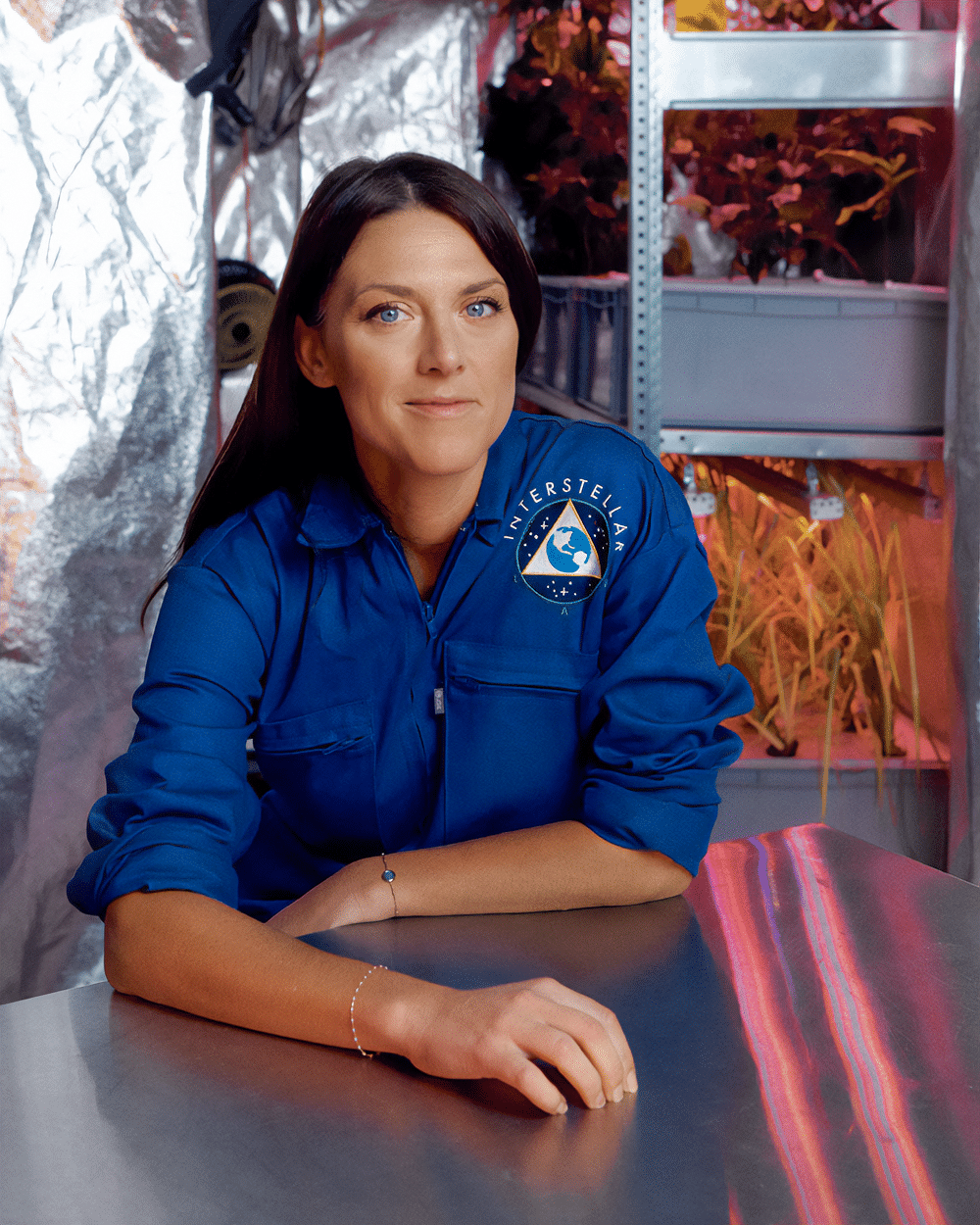
I remember being a little torn: should I innovate for Earth or space? One of my sisters gave me an idea: “ why wouldn’t you do both? » I found his remark relevant and continued to research the terrestrial applications of space technologies. The idea for our greenhouse, called biopod, came about like this.
Your project is off the beaten track… How did you get started?
Barbara Belvisi: At the beginning, in French circles of entrepreneurship and finance, people told me that I had to stop everything, that what I was proposing made no sense, that everything was far too complicated… To top it off, we reminded me that I didn’t have the training to…
Fortunately, I had a few friends in the United States. The fund that I had set up had an office in San Francisco. It turns out that at that time I was starting from scratch both in my professional and personal life. With no ties to Paris, I decided, with my three suitcases, to fly across the Atlantic. Two friends, one in San Francisco, the other in Los Angeles, hosted me. Like me, they also work in entrepreneurship and new technologies: they introduced me to a lot of people! One thing led to another, and I was able to meet engineers, space professionals, Space X employees…
You build a network to the point of being supported by NASA… Tell us about it.
Barbara Belvisi: When I arrived in the United States, I didn’t have much to lose… and therefore energy to spare. As soon as someone wanted to introduce me to someone, I would say “ Yes “. Furthermore, I spent my time scouring space conferences, even the most confidential ones. Little anecdote: through this, I managed to communicate with Jeff Bezos.
I collected as many opinions as possible on the subject, met space influencers who believed in me… I reworked my sketches and my concept almost every evening. Obviously, after a while, the doors opened! I met NASA professionals who told me about one of its programs: the “space portal”. This structure brings together profiles who do not come from space, but who carry valid projects. For a year, without funding them, NASA supports them, in particular by putting them in touch with specialized engineers.
I ended up with a small office in South San Francisco. I could hardly believe what was happening to me, it was surreal! At that time, I formed a team with two NASA alumni and two Space X alumni. Together, we developed the first concepts for Interstellar Lab.
Interstellar now has one foot in France, the second in the United States. For what ?
Barbara Belvisi: In reality, it was an accident! At the start of 2020, I went to Paris for administrative reasons… When it was time to leave, Covid decided otherwise! Blocked in France, I don’t plan to do nothing and decide to set up an antenna here. Once the confinement is over, I move to Station F… This time, the reception of the ecosystem is radically different. Investors take us seriously. In the end, I am building a French team, while keeping what I built in the United States: France for
terrestrial, America for space!
Let’s stay in France for the moment! What are your main areas of development?
Barbara Belvisi: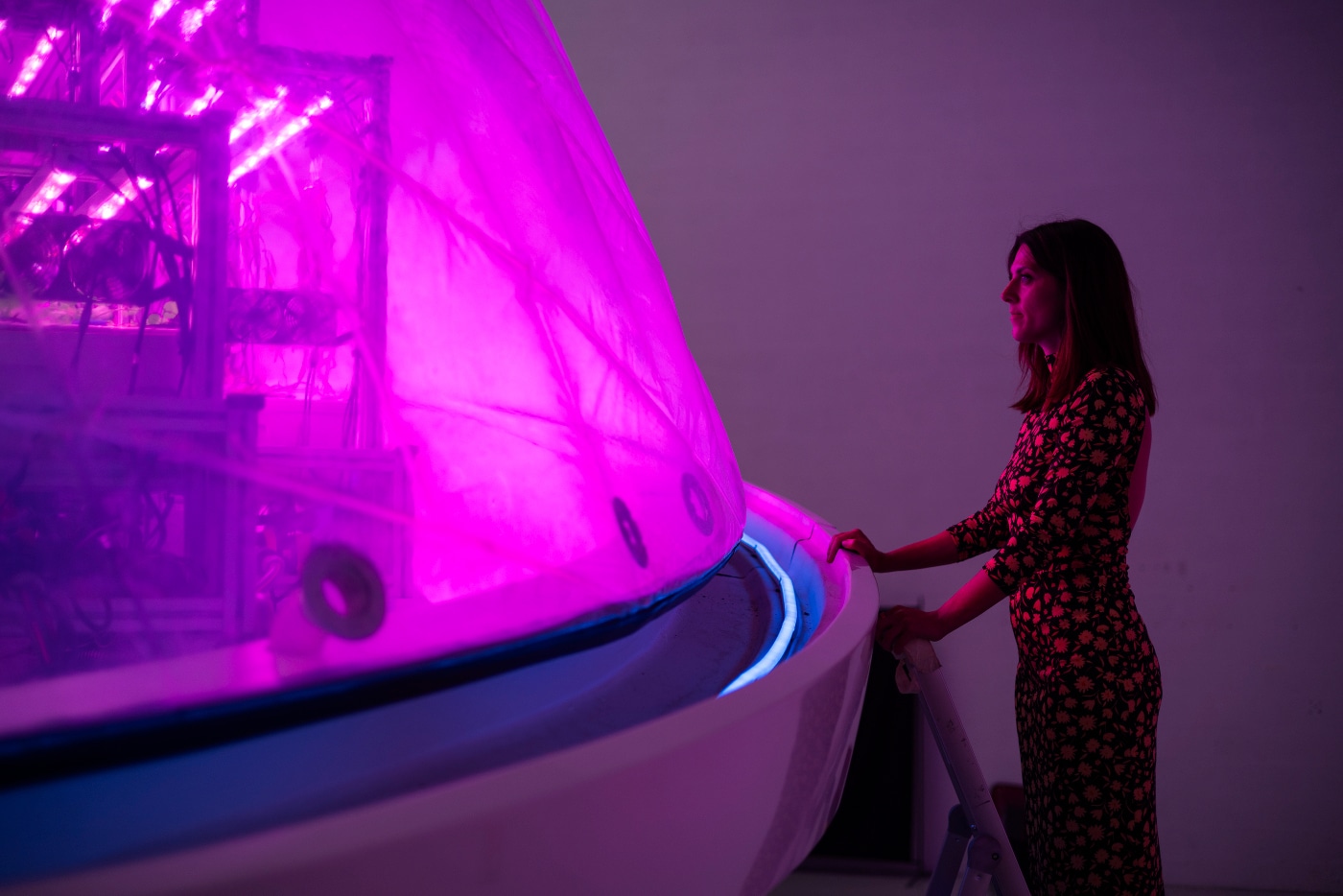
Of course, we do this while being aware of a whole bunch of parameters: we worked on vanilla before suspending this activity. Indeed, some countries only survive through its exploitation. Our goal is not to provide a solution that impoverishes… We pay attention to the areas on which we position ourselves.
What about endangered species?
Barbara Belvisi: This is part of our challenges for 2025! We have carried out some tests to grow endangered species. We hope, eventually, to have a program sponsored by an NGO.
On the space side, your technology must allow astronauts to feed themselves on mission. Can you tell us more?
Barbara Belvisi: Thanks to our cultivation system, we have won contracts in space, notably with NASA: the aim is to set up, thanks to our greenhouses, a food production system, during long missions in space.
Furthermore, Interstellar Lab has formed a partnership with the Antoine de Saint-Exupéry Foundation as part of the Little Prince mission, scheduled for 2027. Our biopods, containing roses, will be placed on the Moon and will travel in the Space X Starship .
When you explain what you do during a dinner, for example, are your interlocutors doubtful?
Barbara Belvisi: Less and less! People believe me more readily now than two years ago… especially since the question of space is interfering in the public debate, notably under the leadership of Space X and the new head of NASA.
On the French side, quite a few space start-ups have been created. However, our country missed the boat on the development of the reusable rocket. But we have good engineers so nothing is finished! It is not because a competitor emerges that we lose leadership forever…
In any case, my conviction is that, from now on, everything will go very quickly: in not too long a time, we will relive the frenzy of Man on the Moon with Man on Mars!
Claire Bauchart


